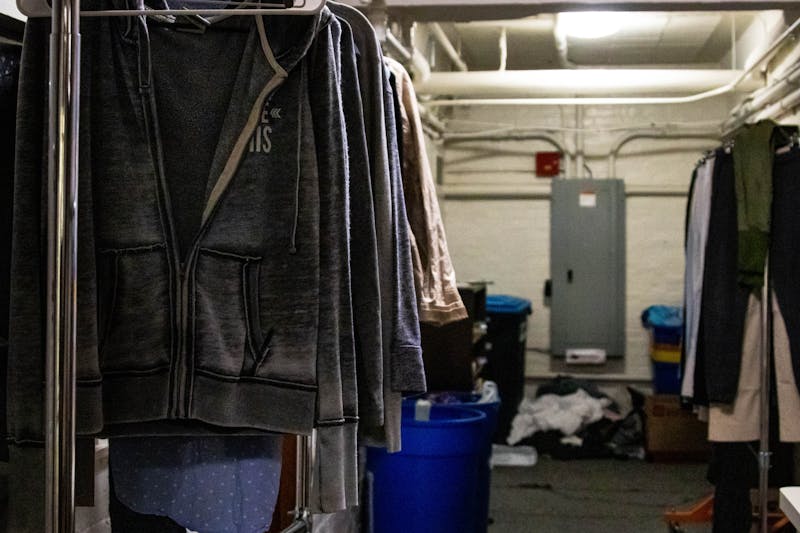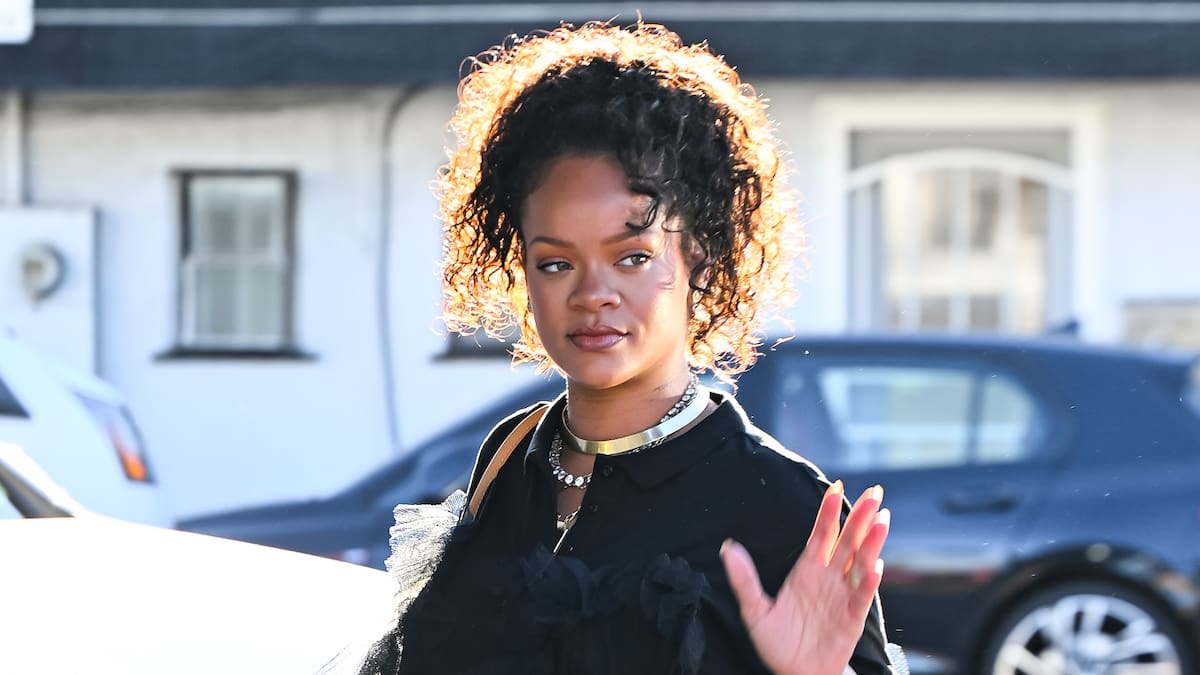U.S. fashion and firms are in good shape, compared with other categories when it comes to corporate bankruptcies.
Thus far in 2025, there’s been just two fashion firm bankruptcies with liabilities over $1 billion — Claire’s Holdings LLC in August and Forever 21’s U.S. store operator and brand licensee F21 OpCo LLC in March — according to S&P Global Market Intelligence. That’s just two fashion-related companies out of the 26 firms that filed with more than $1 billion in liabilities. High on this list are firms in the healthcare category and information technology. Consumer discretionary, made the list too, but the other bankrupt firms in the category — such as home fashion retailers At Home Group Inc. in June and Joann Inc. in January — were neither apparel nor footwear companies.
The S&P report also found that large U.S. corporate bankruptcies have favored the reorganization process over liquidations in the third quarter. Bankruptcy reorganizations for the period rose more than 23 percent from the second quarter to 137 overall, while bankruptcy liquidations declined more than 9 percent to 69. Most of the U.S. corporate bankruptcies have been in the utilities sector, followed by real estate and consumer staples.
Claire’s, which sells fashion accessories including footwear and socks, was able to avoid a liquidation through a sale of its assets to Ames Watson for $140 million. That sale meant the closure of just 300 store locations, saving about 960 standalone doors across North America. The F21 OpCo filing ended in liquidation, and the operator in June did agree to waive a $323 million claim to boost recoveries by unsecured creditors through partial repayments to vendors and other creditors.
S&P Global Market Intelligence also found that large bankruptcies are on pace to reach their highest annual level since 2010, with 582 cases filed through September. The S&P data tracking includes firms with public debt and assets or liabilities of at least $2 million, or private companies with assets or liabilities of at least $10 million at the time of the bankruptcy filing.
Among the shoe firms that filed for bankruptcy this year are sneaker reseller Soleply, which sells sneakers from brands such as Yeezy, Asics, Nike, Jordan and New Balance, and children’s shoe retailer Amiga Shoes, which filed a Chapter 7 petition to liquidate. Also in liquidation mode is fashion rental platform CaaStle, which filed its Chapter 7 petition in June. In addition, the Hudson’s Bay department store retailer that filed for bankruptcy protection in March is not part of the S&P tally as that filing was in Canada, where the retailer is based.
The S&P report cited weak balance sheets of overleveraged firms facing macroeconomic headwinds as the key reason, since these companies are trying to refinance low-interest debt issued over the previous decade in a backdrop of elevated interest rates. The S&P report concluded that interest payments on new debt issued over the coming months could ease some of that pressure if corporate borrowing rates begin to decline, a possibility given the expectations that the U.S. Federal Reserve will cut its benchmark short-term interest rate.


